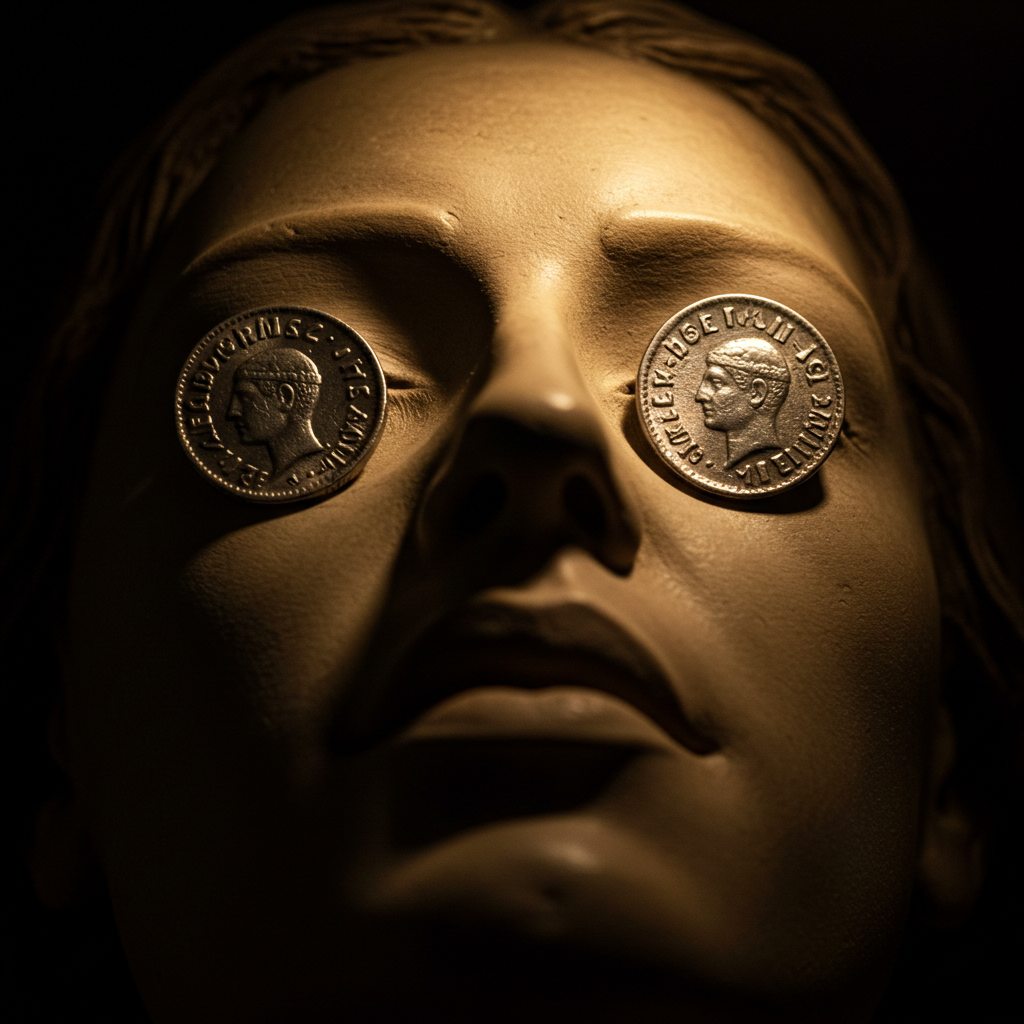According to widespread funerary tradition across multiple cultural contexts, placing coins on or near the body of the deceased—particularly over the eyes or in the hands—facilitates the spirit’s successful transition to the afterlife by providing payment for supernatural transportation across boundary waters or threshold guardians. This monetary funerary practice supposedly prevents the deceased from becoming trapped between worlds or returning as a restless ghost due to inability to complete their journey. Some traditions specify particular denominations or metals (especially silver or copper) for optimal effectiveness, while others emphasize using coins minted during the deceased’s lifetime for personal connection.

A baby’s future career or fate is predicted by the first object they select during a ceremonial setup.
In several Asian and Eastern European cultures, a traditional ceremony is held for babies usually around their first birthday. Known


